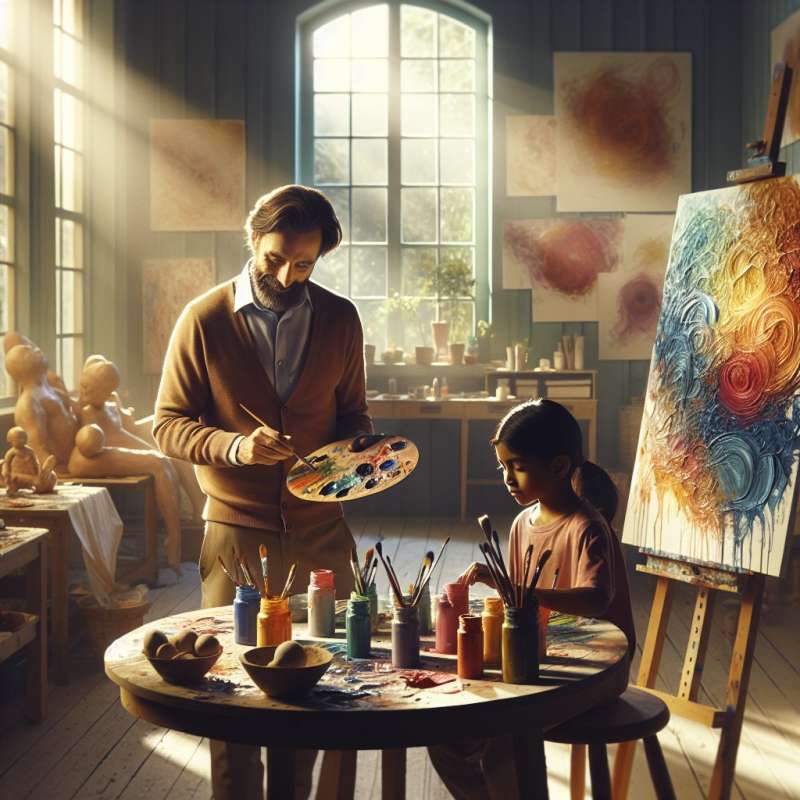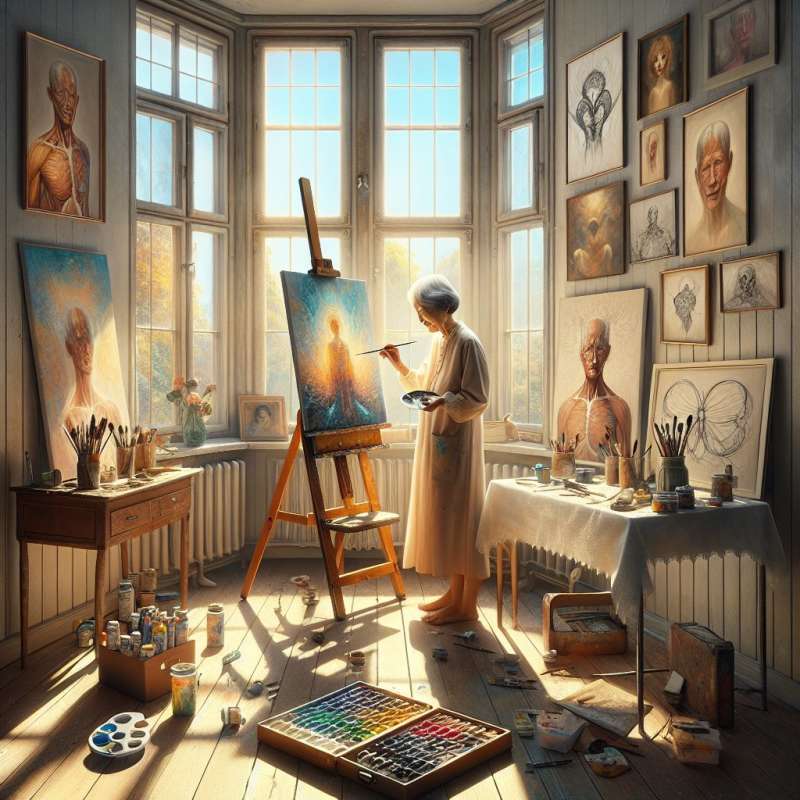
Introduction to Art Therapy
Art therapy is a form of psychotherapy that uses creative processes like painting, drawing, and sculpting to improve mental health. It's not about artistic skill, but about expressing emotions and thoughts that might be difficult to communicate verbally.
Neuroscience Behind Creativity
Engaging in art activates the brain's reward pathways, releasing dopamine, which can alleviate symptoms of depression and anxiety. Studies show that creative expression can enhance neuroplasticity, the brain's ability to reorganize itself by forming new neural connections.
Historical Roots and Evolution
Art therapy dates back to the mid-20th century, influenced by the work of Carl Jung and Sigmund Freud. They recognized the therapeutic potential of unconscious expression through art, which has since evolved into a structured therapeutic practice used worldwide.
Unexpected Benefits of Art
Beyond emotional expression, art therapy can improve cognitive functions in the elderly, such as memory and problem-solving skills. It also fosters resilience in trauma survivors by providing a safe space to process and integrate traumatic experiences.
Global Applications and Success
Art therapy is utilized in diverse settings, from hospitals to schools, and has proven effective across cultures. For instance, in post-conflict areas, it helps children process trauma and rebuild a sense of normalcy, demonstrating its universal therapeutic value.Surprising Brain Boost
Creating art can increase the brain's gray matter, which is linked to improved memory, emotional regulation, and even a higher IQ.
What releases dopamine in art?
Brain's reward pathways
Artistic skill
Verbal communication
Company